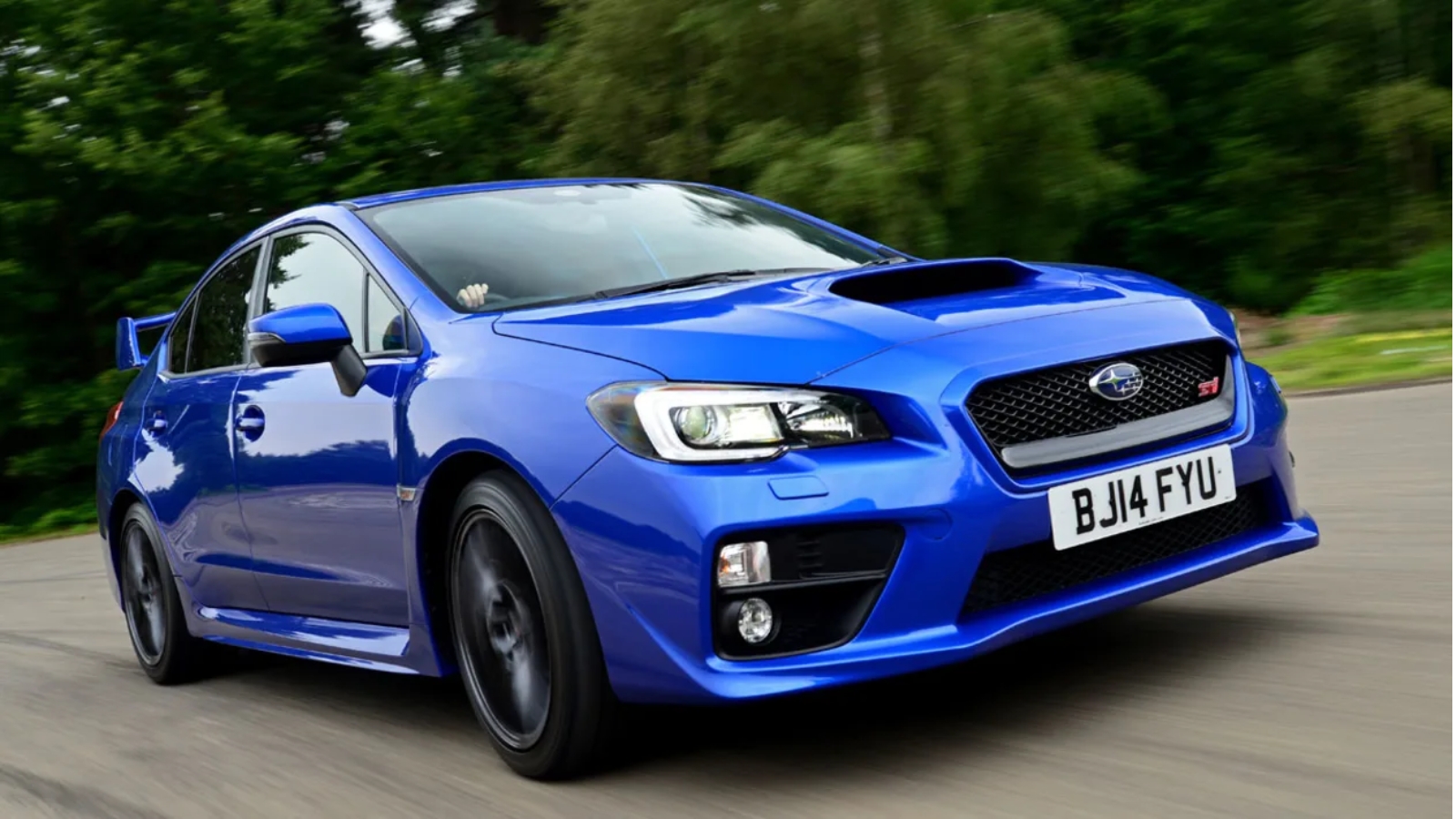The Subaru WRX continues to attract driving enthusiasts who want performance, practicality, and all-weather capability in one package. Whether you’re considering your first performance car or upgrading from another sports sedan, here’s what you should know about the current WRX lineup.
What Makes the WRX Special?
The WRX stands out because it combines genuine performance with everyday usability. Unlike many sports cars that compromise on practicality, the WRX delivers rally-bred performance while still being suitable for daily commuting, family duties, and weekend adventures.
Engine and Performance
The heart of every WRX is a 2.4-liter turbocharged boxer engine producing 202kW of power at 5,600 rpm and 350Nm of torque at 2,000 rpm. This engine replaces the previous 2.0-liter unit and provides stronger low-end torque delivery.
The manual transmission version accelerates from 0-100km/h in approximately 6.0 seconds, while CVT variants take around 6.3 seconds. The boxer engine’s low center of gravity contributes to the car’s balanced handling characteristics.
Available Variants and Pricing
2025 Model Range
The 2025 WRX range starts from $45,990 for the Base variant and extends to $63,290 for the top-spec tS model. Here’s what each variant offers:
Base Model – The entry point includes essential WRX performance with manual transmission and core safety features.
Sport Variant – Adds comfort and convenience features while maintaining the performance focus.
RS Grade – Bridges the gap between sport and luxury with additional equipment.
tS Model – The flagship variant includes premium features, Brembo brakes, and advanced driver assistance systems.
Key Specifications Table
| Specification | Details |
|---|---|
| Engine | 2.4L Turbocharged Boxer |
| Power Output | 202kW @ 5,600 rpm |
| Torque | 350Nm @ 2,000 rpm |
| Transmission | 6-speed Manual / CVT Auto |
| Drivetrain | Symmetrical All-Wheel Drive |
| Fuel Consumption | 8.5-10.4L/100km |
| Boot Capacity | 411-1,430 litres |
| Seating | 5 passengers |
| Warranty | 5 years unlimited km |
| Service Interval | 12 months/15,000km |
Body Styles and Practicality
Sedan vs Wagon
The WRX is available in both 4-door sedan and 5-door station wagon configurations. The sedan appeals to traditional sports car buyers, while the wagon (Sportswagon) offers significantly more cargo space for families or those needing extra utility.
Boot capacity ranges from 411 litres in the sedan to 1,430 litres in the wagon with rear seats folded. This makes the wagon particularly appealing for buyers who need performance without sacrificing practicality.
Interior Space and Comfort
The WRX measures 4,670mm in length, 1,825mm in width, and 1,465mm in height with a 2,675mm wheelbase. This provides adequate space for adult passengers in both front and rear seats, though the rear may feel snug for taller occupants on longer journeys.
Technology and Safety Features
Driver Assistance Systems
All WRX variants now include driver monitoring systems as standard, along with Subaru’s Emergency Driving Stop System that can safely bring the vehicle to a stop if the driver becomes unresponsive.
Additional safety features include autonomous emergency braking, adaptive cruise control, lane departure warning, and leading vehicle departure alert across the range.
Infotainment and Connectivity
The latest models feature updated infotainment systems with smartphone integration. Higher-spec variants include premium audio systems and larger touchscreen displays.
Ownership Costs and Maintenance
Warranty and Service
Subaru provides a five-year, unlimited-kilometer warranty with all WRX models. Service intervals are set at 12 months or 15,000km, whichever comes first.
Capped-price servicing is available, though pricing varies slightly between manual and CVT transmission variants. This provides predictable maintenance costs for the first several years of ownership.
Fuel Economy
Fuel consumption ranges from 8.5L/100km for the most efficient variants to 10.4L/100km for performance-focused models. All variants require premium unleaded fuel, which adds to running costs compared to regular unleaded vehicles.
What to Consider Before Buying
Transmission Choice
The choice between manual and CVT depends on your priorities. Manual transmissions offer more engagement and slightly better performance, while CVT provides convenience in traffic and smoother power delivery.
Running Costs
Beyond fuel costs, consider that performance tires, brake pads, and other consumables may need replacement more frequently than in regular cars. Premium unleaded fuel is mandatory, adding roughly 15-20 cents per liter to fuel costs.
Insurance Considerations
As a performance vehicle, insurance costs may be higher than equivalent family sedans. Get quotes before purchasing to understand the total cost of ownership.
Competition and Alternatives
The WRX competes primarily with the Honda Civic Type R, Volkswagen Golf R, and BMW M135i. Each offers different strengths – the WRX’s all-wheel drive provides superior all-weather capability compared to front-wheel drive alternatives.
Who Should Consider the WRX?
The WRX suits buyers who want genuine performance capability without completely sacrificing practicality. It’s ideal for enthusiasts who need a car that can handle school runs during the week and track days on weekends.
However, if maximum comfort, luxury, or fuel economy are priorities, other vehicles might better suit your needs. The WRX makes some compromises in ride comfort and refinement in favor of performance capability.
Frequently Asked Questions
Q: Is the WRX suitable for daily driving?
A: Yes, the WRX works well as a daily driver with comfortable seating, adequate boot space, and modern convenience features, though the firm suspension may feel less comfortable than regular sedans on poor road surfaces.
Q: How reliable is the WRX engine?
A: The 2.4L boxer engine is generally reliable when properly maintained with regular servicing and premium fuel. The five-year unlimited warranty provides additional peace of mind for new buyers.
Q: What’s the difference between manual and CVT transmissions?
A: Manual offers more driver engagement and slightly better acceleration, while CVT provides easier daily driving and smoother power delivery, particularly in stop-start traffic conditions.
